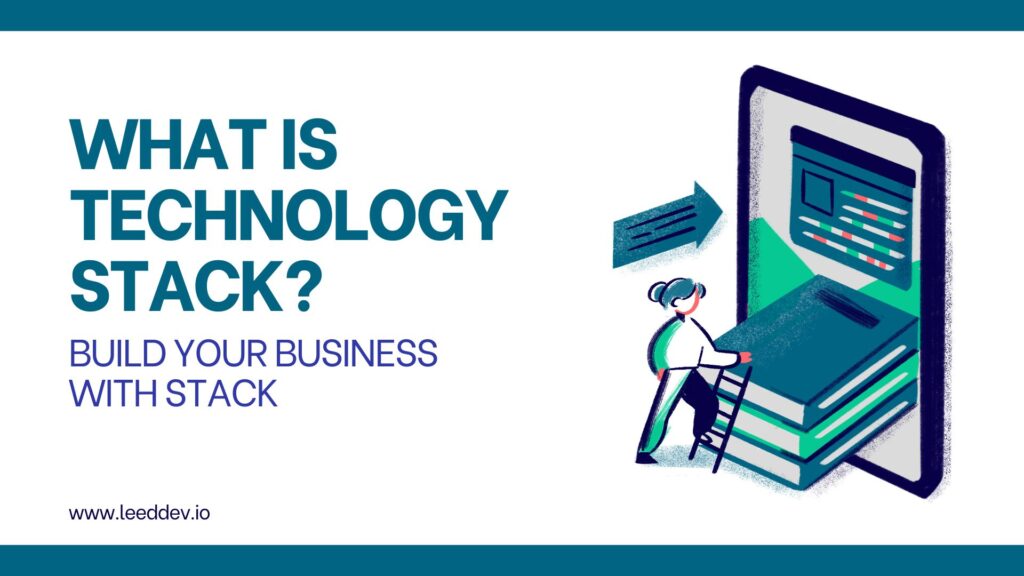Mobile app development is always changing. It’s a field where, in order for one to succeed in this evolving domain with entry of new technologies and consumer demands, relevancy becomes the key. What they found was that over 78% of people globally own a smartphone, but what they are spending time on is using apps. These applications range from a broad spectrum of categories, from gaming to music, all the way to calendars and communication.
Among the most profitable businesses is creating an app. But in order to concoct a mobile application development, one must first understand some kind of a process. So continue reading the blog. Are you ready for the next changes and to understand the development process in mobile app development?
What Is Mobile App Development?
Mobile application development is the act or process by which a mobile application is created for mobile gadgets like a smartphone, PDA, or tablet computer, and most probably with the operating system of Android or iOS.
Furthermore, the software can be either pre-installed on the device, downloaded from a mobile application store, or accessed from a mobile web browser. The programming and markup tools and languages that are used in the process of such software programming are Java, Swift, C#, and HTML5. So we can say that mobile app development is quickly spreading on a daily basis.
7 Steps In Mobile App Development Process
Go through the following 7 steps to understand the mobile app development process in detail:
- Ideation
- Research
- UX & UI
- Development
- Testing
- Deployment
- Monitoring & Optimization
Ideation
Every project in the mobile world has a different starting point. Some clients only have an idea; others have documented requirements. Some need an app compatible with an existing system, like a web platform. Sometimes, it happens that a client requests an app that has a similar purpose to the most common apps like Uber Eats, which is the most requested use case until now.
At Leed Software Development we aim to go in-depth with your app concept. This would help us understand who will use it, the platform in question, other similar systems within the niche, business objectives, and your marketing strategy. Also, this would help us figure out the goals, context, and timeline of the project.
Moving further, at this point, once the requirements are collected, we move on to the critical stage which is analytics and research.
Research
Research provides the development of novelty. The deeper the study, the more elaborated the strategy of the product, which cuts down its development costs and, at the same time, saves time in the process. The research should answer some questions, such as:
- Who are the future users of our solution? What would they expect from the product? What problems do they have?
- Compare with competitors and their solutions in different technologies, strengths and weaknesses, and what needs to be improved.
- It is necessary to understand industry standards, regulations, technologies, and monetization practices in the domain to design the right technology.
- You will have to investigate your business, both operationally and technically, to design the correct technology stack that aligns with your company.
UX & UI
The UX and UI design approaches in mobile app development are very important for the simple reason that they ultimately prescribe how users interact with and perceive an application.
A good UI improves the experience, and sound UX principles allow the UI to be functional and user-friendly. These both have to be balanced to create the appeal and ease of the application.
UX is all about the experience and the smooth, efficient, and satisfactory interaction of the users with an application and their needs appropriately met. This should be done with optimal functionalities and flow in the application.
Development
The following process after the design process is to provide a signed-off UI design to the development team. There must also be proper communication between the design and the development team before the coding can be initiated. The aim should be to make an app functional, pixel-perfect, and engaging.
Development is the most prolonged and well-paying of all the processes because the first glimmers of applications are made, and versions are tested periodically.
Testing
In the majority of cases, testing is the most critical stage in any process of development. A QA engineer, on his part, would ensure that the application works correctly and that all needs are met. But most of the time, continuous testing helps developers to cope with the bugs and problems that would otherwise affect the smooth and reliable experience. Therefore, it is gratifying to see how the application changes and grows with each testing process that developers bring to life.
Deployment
Ensure before the final development of the mobile app that the app is high-performing. Testing and seeking feedback from stakeholders and potential users for some early reviews is necessary. Reviewing an app process, on average, takes a few days, within which there can still be some changes. The process then goes into further improvements and updates based on user reviews.
Monitoring & Optimization
Post-launch monitoring related to the performance of an application is very integral in this regard. User reviews and interaction with the users provide vast insight into the usability issues. Honest user feedback is invaluable in improving the app.
Define KPIs that align with already defined goals and measurement of the same using analytical tools. Gather extensive feedback over time for use in driving optimization strategies.
Why Leed Software Development?
Now the question is: why should you choose us? We are a company that focuses on providing complete solutions regarding all your needs in developing mobile applications. Be it the Android App development, iOS App development or Cross-Platform App development on the most modern frameworks, we build your ideas. Our team guarantees a perfect development process starting from conceptualization, design, to deployment.
Our commitment to back you up in the long run will help you make sure your mobile application becomes a success.
Conclusion
One sure path to success in this ever-changing mobile app development landscape is to be relevant. With over 78% worldwide smartphone ownership, relevance in the market is growing across the different categories of services. Leed Software Development will provide for the development of the full spectrum of your apps, from Android and iOS to cross-platform development, serving a single route from concept to deployment. Solutions developed with a focus on perfection and continued support will make your mobile app survive in a highly competitive market.
FAQs
What is mobile app development?
Mobile app development is the process of creating software applications specifically designed to run on mobile devices like smartphones, tablets, or smartwatches.
What technologies are used in mobile app development?
Popular programming and markup languages used in mobile app development include Java, Swift, C#, and HTML5, depending on the platform and requirements.
What are the key steps in the mobile app development process?
The key steps in mobile app development include ideation, research, UX/UI design, development, testing, deployment, and monitoring.
Why is UX/UI design important in mobile app development?
UX/UI design plays a crucial role in mobile app development as it determines how users interact with and perceive the application, ultimately influencing its success and user satisfaction.




